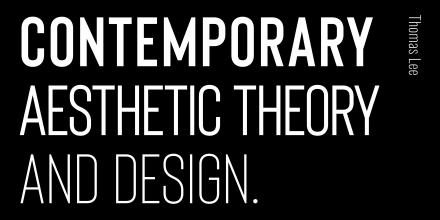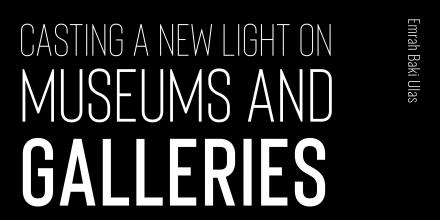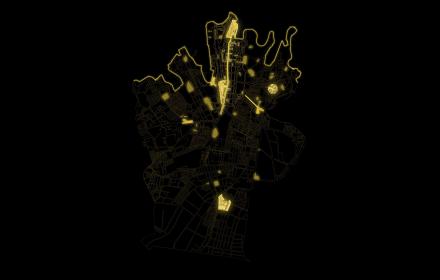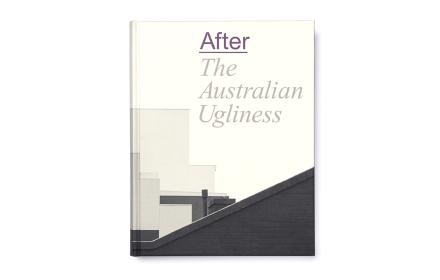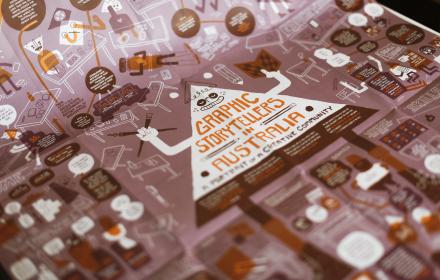This project discusses the idea of the material imagination with a focus on the intimate sensory relations between humans and fruit. It articulates a view that the dynamically interrelated characteristics of microstructural complexity, sweetness and extreme malleability make the experiential dimensions of fruit distinctive in anthropological experience. The article draws on the work of Steven Connor for theoretical support. Particular focus is given to his concept of ‘senstance’, which emphasises the important role substances have in the human imagination, and inversely, the way imagination allows humans to make explicit the seductive but often obscure properties of substances. It proposes Connor is a worthy inheritor of the place held by thinkers such as Roland Barthes and Gaston Bachelard, whose work has been an enduring influence for design theorists and historians. Fruit-focused examples from poetry, art and design are discussed with the view of elaborating a suitably rich and multifaceted account of the anthropological importance of this mundane but pervasive thing.



